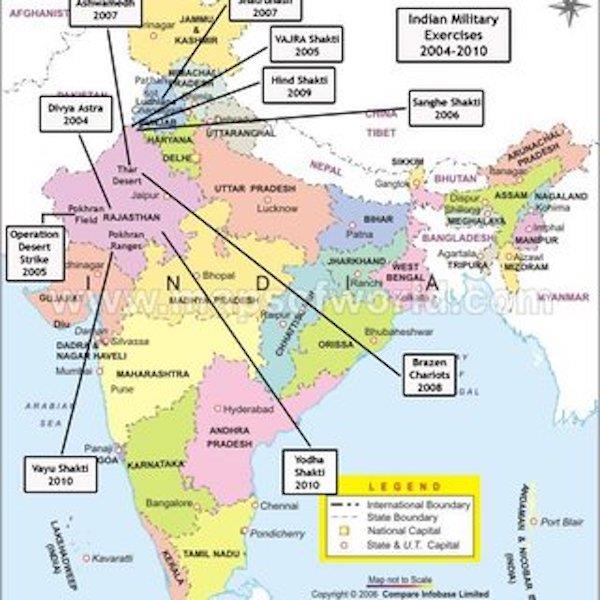
Pakistan MIRV Test Heats Up South Asia's Arms Race
The International Institute of Strategic Studies (IISS) reports that Pakistan last month conducted its second test launch of the Ababeel MRBM designed to carry MIRVs, moving a step closer to achieving the enhanced capability to penetrate India's nascent missile defenses.
IISS says that the recent test at Sakhi Sarwar range in Punjab province followed the 2005 India-Pakistan agreement on pre-notification for ballistic-missile tests, which included seven Notice to Air Missions issued by Pakistan. It mentions the test was conducted to revalidate various design and technical parameters and evaluate the performance of different subsystems.
IISS notes that the Ababeel is one of two nuclear-capable MRBMs that Pakistan is developing, with the main difference being its MIRV capability, which increases deterrence by increasing the chances of penetrating India's emergent ballistic-missile defenses.
The institute says that India is also preparing its own MIRV capability, linked to its Agni VI intercontinental ballistic missile (ICBM) that is designed primarily to penetrate Chinese missile defenses and not for use against Pakistan.
MIRVs were first developed in the 1960s to enable a missile to deliver multiple nuclear warheads to different targets, in contrast to traditional missiles that carry one warhead. While the original MIRVs were not designed to penetrate missile defenses, they are much harder to intercept than the traditional missile type.
For instance, the US LGM-30G Minuteman III, the main component of the US ground-based nuclear deterrent,
can carry three Mk 21 MIRVs , each with a W87 thermonuclear warhead with a 375 to 475 kiloton yield. MIRVs can also be launched from an ICBM at different speeds and directions, and some MIRV-capable missiles can hit targets 1,500 kilometers apart.

Legal Disclaimer:
MENAFN provides the information “as is” without warranty of any kind. We do not accept any responsibility or liability for the accuracy, content, images, videos, licenses, completeness, legality, or reliability of the information contained in this article. If you have any complaints or copyright issues related to this article, kindly contact the provider above.




























Comments
No comment